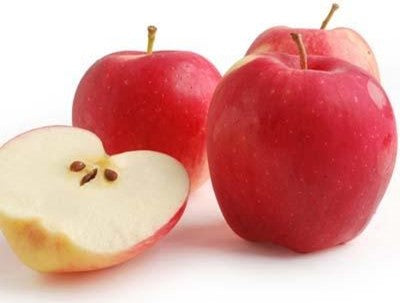Passover, a Jewish Celebration
Passover is the celebration of the ancient biblical story of the Jewish people's flight from slavery in Egypt. It is a very important holiday in the Jewish religion.
The Jewish Holiday Passover begins at sundown on April 19nd. It is the Jewish Year 5768. Passover is the celebration of the ancient biblical story of the Jewish people's flight from slavery in Egypt. It is a very important holiday in the Jewish religion. There are many traditions that go along with the story of Passover; A seder, a seder plate and several traditional foods that are eaten. The Seder, which translates to "order", is the gathering and meal which take place on the first two nights of Passover and follows a specific order.
- The roasted shankbone represents the Paschal sacrifices (a slaughtered lamb), which Jews brought to the temple during a feast pre-dating the Passover holiday.
- The Maror, or bitter herb (usually horseradish root), symbolizes the bitterness of the bondage the Jews endured in Egypt.
- Charoset is a delicious mixture of chopped apples, nuts, cinnamon, honey, and wine, which represents the mortar Jewish slaves used to build the great stone structures of Egypt.
- Karpas, usually parsley or another green herb, is a symbol of hope and the renewal of life promised with the coming of spring.
- A charred or roasted egg represents the burnt offering Jews brought to the first temple on every day of the Passover feast.
- Matzoh is the unleavened bread that is eaten during Passover. It is meant to serve as a reminder of the hardship Jews suffered in Egypt; they had to depart so quickly that their bread didn't have time to rise. Three pieces of ceremonial matzoh are placed, covered, on the seder table. Two represent the loaves of bread blessed on every Sabbath and holiday, and the third is the matzoh used in the seder.
- The Afikoman is a part of the middle piece of matzoh. It is broken off and hidden by the leader of the seder, and must be found by any children present before the seder feast can be served. Traditionally, the one who finds the Afikoman ransoms it back to the leader for some type of reward. This is the favorite part of the evening for the kids.
- Salt water, into which the karpas is dipped before eating, symbolizes the tears of all those who suffered for freedom. A special cup is filled with wine and placed on the seder table for the prophet Elijah, who is said to visit each seder. At a certain point in the meal the door is opened and a hymn is sung to welcome him. This always brings out the imagination in the children when they believe the wine has been sipped! The seder ends with traditional songs and popular Passover desserts.

